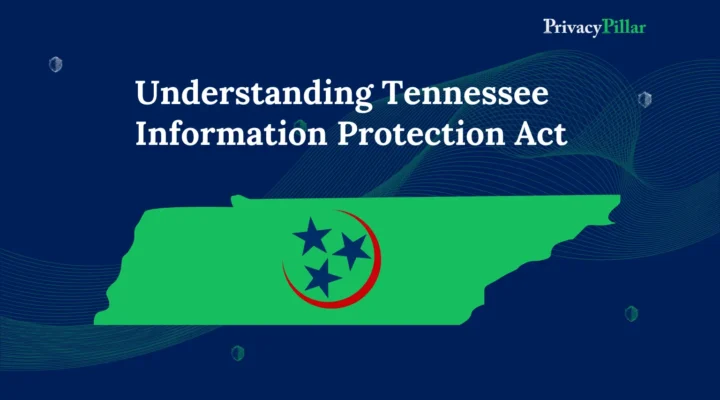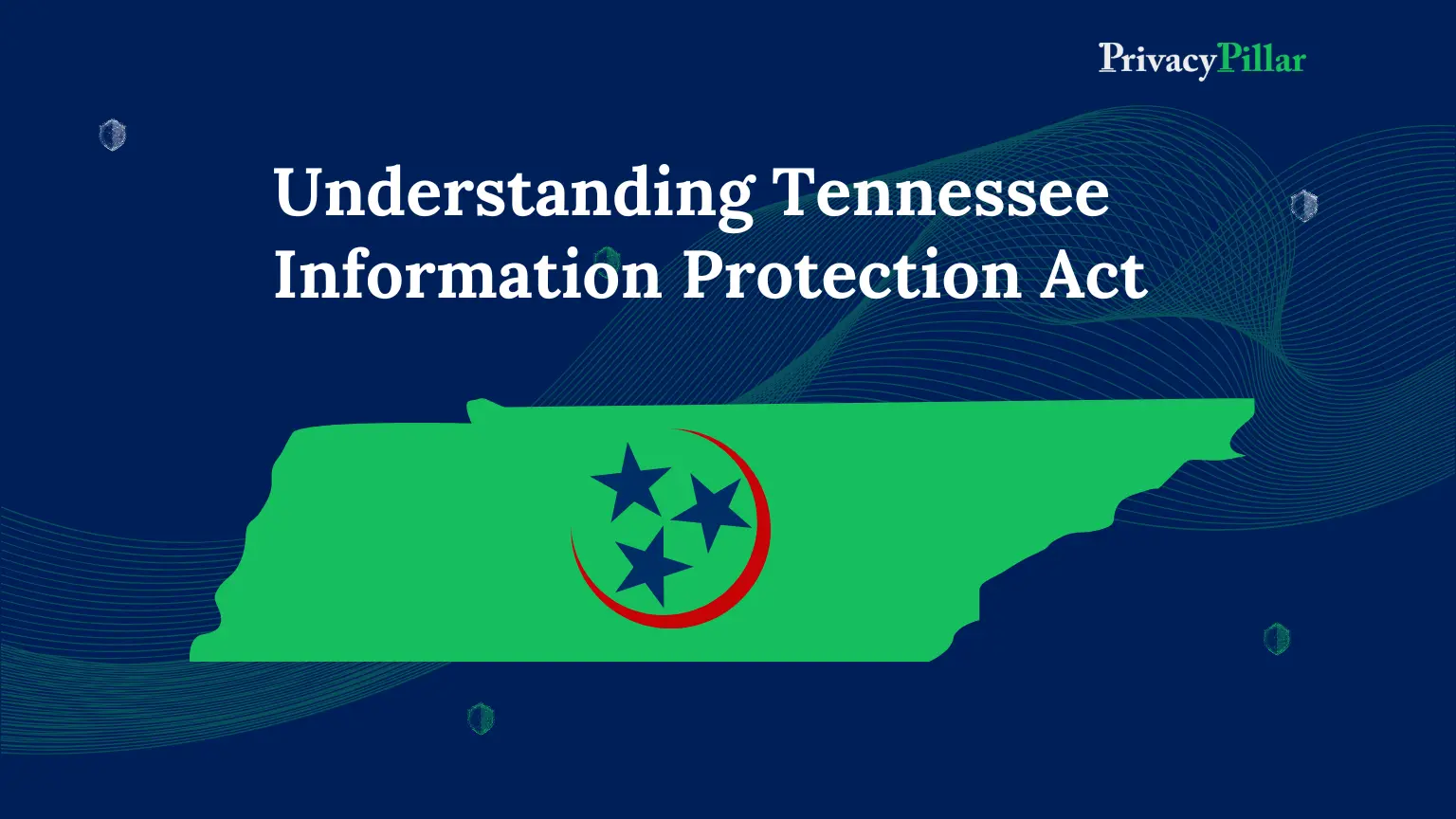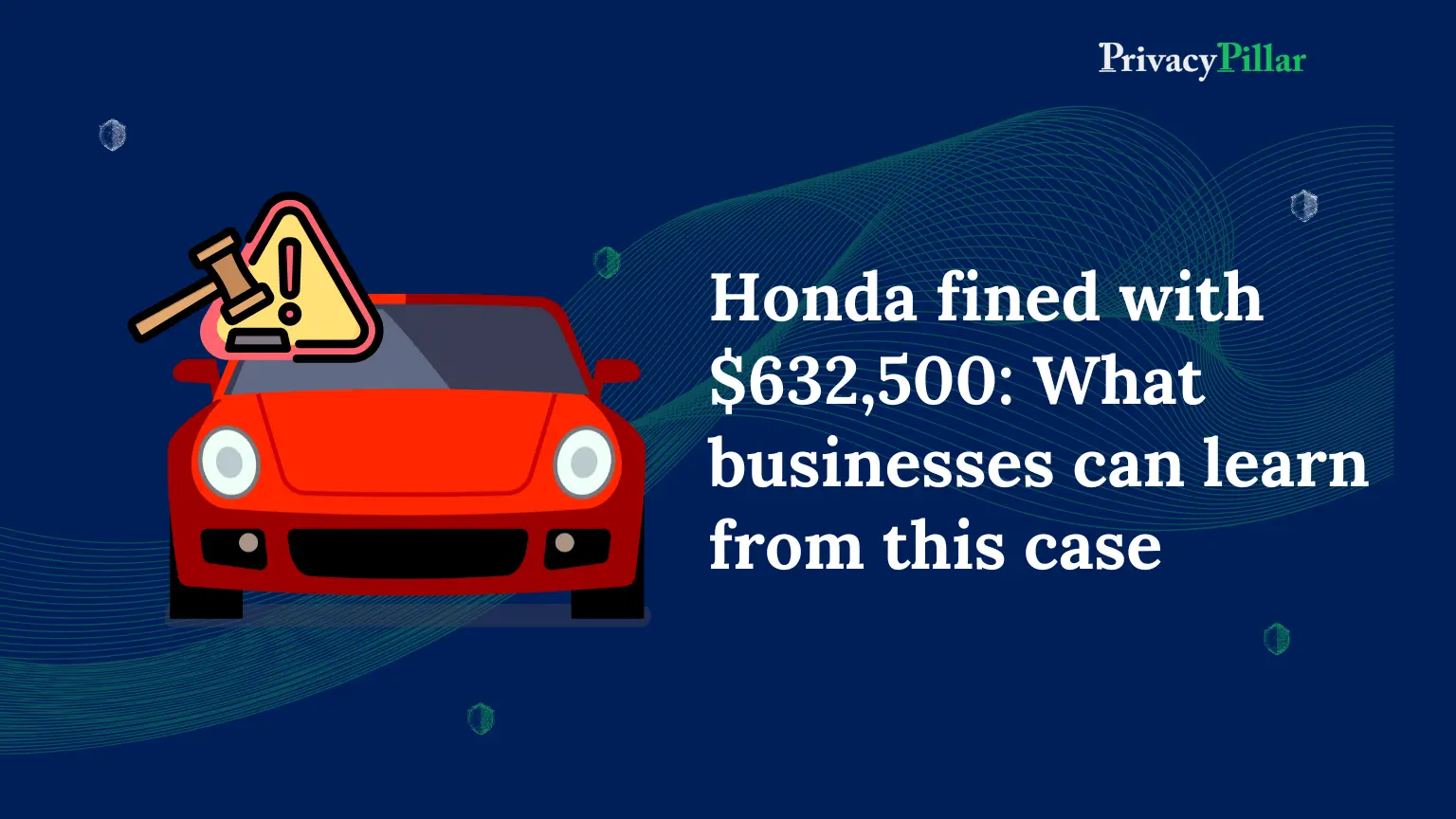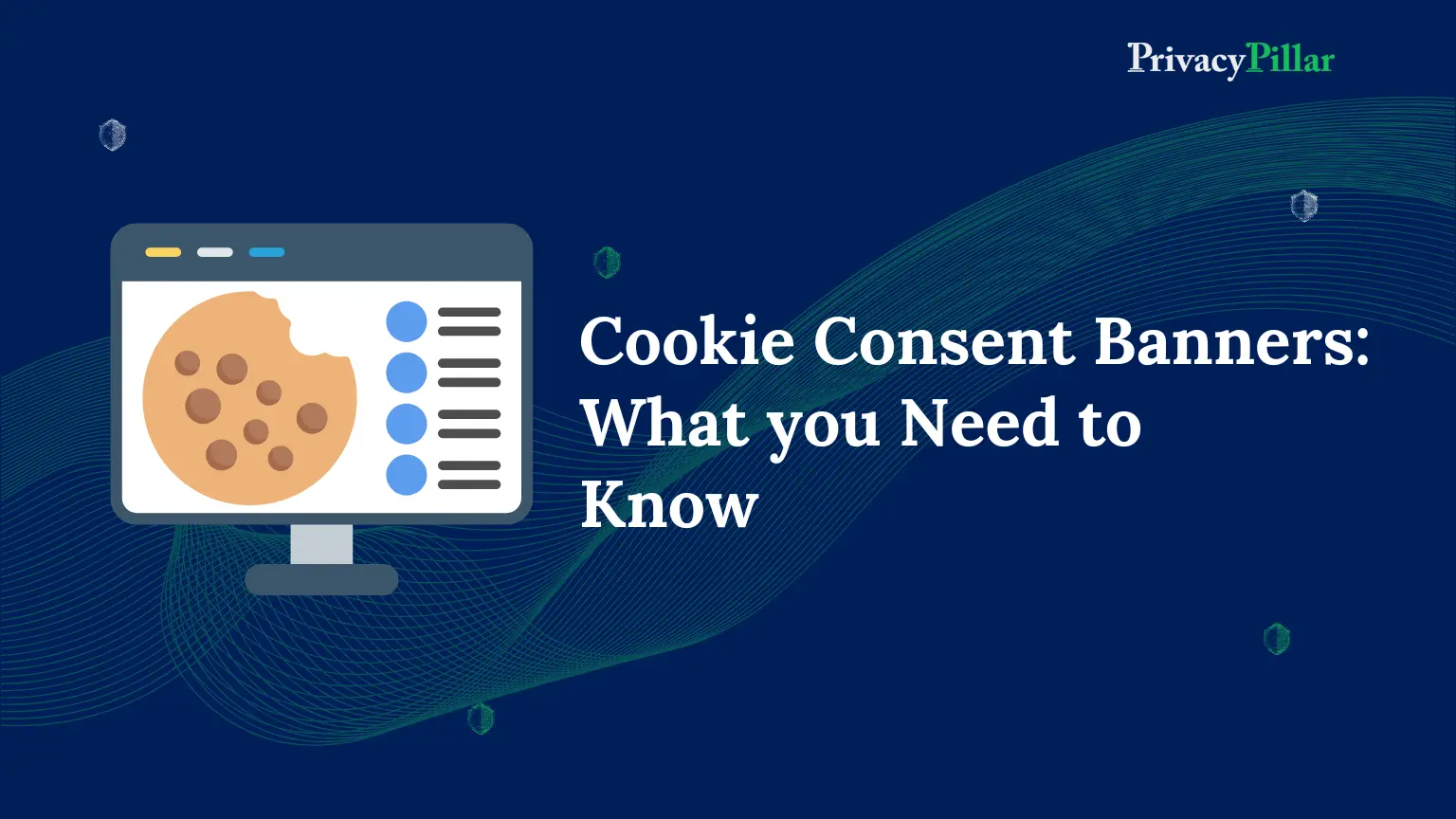
Data Privacy vs Data Security
Data is a company’s most precious asset in today’s corporate environment.
Customer data is the foundation for insights, product/service improvement, individualized experiences, and successful market strategies.
Interchange of Customer Data with partners is a common practice for many businesses and is an essential aspect of their operational structure.
Modern privacy laws like the California Customer Privacy Act (CCPA/CPRA) and the General Data Protection Regulation (GDPR) regulate how customer data is managed, shared, and disclosed in the digital economy.
These rules disrupt the dynamics of data value exchange and existing business structures.
Organizations involved in collecting and managing private data and individuals who have access to it must take the security of this data very seriously.
When securing fundamentally sensitive information like names, finances, and health data, they are the main issues to consider.
Without them, malicious parties like hackers and others would have access to enormous volumes of potentially harmful data.
Besides protecting data privacy, ensuring data security is crucial for every company.
Failure in either of these two areas might incur significant costs; in 2023, a data breach will cost an average of $4.35 million.
Beyond the monetary cost, the long-term adverse effects of a data privacy breach or non-compliance on brand, reputation, and trust erosion are far worse.
Sharing first-party data has an elevated risk of potentially harming data privacy and security.
This places a significant responsibility on business leaders to not only understand the difference between privacy and security but also to grasp how the business environment is evolving, how it impacts how companies operate, and how emerging technologies can help fulfill new legal requirements and meet consumers’ expectations.
Now you must wonder if Data Privacy and Data Security are the same.
It makes sense that the phrases data security and data privacy are commonly confused and sometimes used synonymously.
Although they are linked, they are nevertheless distinct concepts.
But only some know or comprehend the distinction between data security and privacy.
So, what do data security and data privacy mean?
What is Data Privacy?
Data privacy is about how personal information is collected, used, and shared; simply put, it is about how it’s managed.
Rules for data privacy can differ in how strict they are and how they’re enforced, depending on the place.
Around the world, countries realize that having strict rules to protect personal data is good for businesses and individuals.
The European Union has the strictest rules so far, called the GDPR. Other countries are making similar rules based on the GDPR, like the California Consumer Privacy Act, Brazil’s LGPD, and Canada’s proposed Digital Charter Implementation Act.
But just having these rules isn’t enough to ensure data is private. We also need strong data security and the right technology to keep everything confidential.
What is Data Security?
Data security, as opposed to data privacy, is concerned with protecting data from the numerous internal and external risks it may face.
However, frequently putting these protections in place does not meet data privacy concerns and regulations.
Data security policies and processes help reduce cyber threats and deliberate abuse.
Data security includes all the measures a company takes to protect its digital data, including endpoints, networks, and perimeter security.
A complete data security policy should be developed to assist in enforcing any regulations designed to surround and protect sensitive and private data.
This policy should encompass three essential areas: people, procedures, and technology solutions.
Data Privacy vs. Information Security
The significant differences between privacy and security are about what data is protected, how it is protected, from whom it is protected, and who oversees that protection.
Privacy involves utilizing data responsibly, whereas security safeguards data against malicious threats.
Undoubtedly, protecting sensitive information is a critical component of data security.
Starting with the objective of their defense, data privacy, and safety differ.
Data security is primarily concerned with preventing unauthorized access to data through breaches or leaks, regardless of who may be unauthorized.
Organizations utilize technology like firewalls, user authentication, network restrictions, and internal security measures to prevent such access.
Additional security methods like tokenization and encryption can make data incomprehensible and offer extra security.
In the event of a breach, these technologies are crucial in preventing hackers and cyber criminals from disclosing large amounts of sensitive data.
However, privacy ensures that an organization uses, stores, or sends sensitive data lawfully and with the owner’s agreement.
This entails telling people upfront about the kinds of data that will be collected, the reason(s), and the recipients of the data.
An individual must accept the conditions of use after this transparency is offered, authorizing the organization ingesting the data to use it for the reasons mentioned in terms of use.
Privacy revolves more around using data responsibly and adhering to the wishes of customers to avoid unauthorized access rather than just protecting it from malicious threats.
However, this doesn’t rule out including security measures to safeguard privacy.
For example, efforts to hinder the connection of sensitive data to individuals—like depersonalizing personal information, confusing it, or dispersing it across various locations to lower the chances of reidentification—are additional prevalent privacy provisions.
“Security” and “privacy” are often used interchangeably but have distinct meanings.
Privacy is impossible to address without effective security practices.
Security controls can be met without necessarily addressing privacy concerns.
In simple terms, security controls data access, while privacy limits that access.
Put differently, security safeguards data, while privacy safeguard’s identity.
Data Privacy and Security in Practice
Let’s examine a hypothetical illustration of both of these concepts.
On your smartphone, you are likely faced with a privacy agreement that you must accept before the installation can start when you download a mobile application.
The app may then request access to some data on your phone, such as contacts, location information, or images.
Once you’ve chosen to give the app these permissions, it is in charge of protecting your data and maintaining its privacy, but this is only sometimes the case.
For instance, your privacy would be violated if the developer of that app later sold the data you provided to a third party or marketing company without your consent.
Your privacy would again be violated if the app creator had a breach that exposed your information to cybercriminals.
However, this would also constitute a breach of security.
In both instances, the developer neglected to protect your privacy.
Tips for Data Privacy and Data Security Best Practices
In the case of data privacy vs. data security, it’s beneficial to remain well-informed about the continually evolving best practices within the industry.
Below are some pointers to assist you in staying at the forefront of these developments.
Tips for Data Privacy Best Practices
- Know how the relevant regulations define personal information.
- When collecting data, take on consent appropriately.
- Only keep the necessary information.
- Data should not be kept longer than required.
- Recognize individuals’ rights to their data under applicable laws and regulations. Observe requests made by people, such as those objecting to sharing their data.
Tips for Data Security Best Practices
- Limit internal data access.
- Your data should be encrypted.
- Don’t connect your business devices to a public Wi-Fi network.
- Increase your safety measures to prevent human mistakes.
You must be wondering, What about Data Protection?
If we did a good enough job defining data security and privacy, you might ask what “data protection” means and how it relates to the scheme.
In simple terms, data protection combines security and privacy.
Each of these concepts comes with its distinct set of challenges. However, when integrated, the outcome is secure and usable data.
Conclusion
We can conclude by saying data powers today’s digital economy, and the rules about privacy and security define how businesses operate.
To be successful, adept business leaders closely follow their data strategies and practices and how these areas are changing, not just for themselves but for their entire networks.
It’s essential to stay updated about new tools and upcoming technology because they might help solve data-related challenges and bring exciting opportunities for making revenue or creating new business ways.



